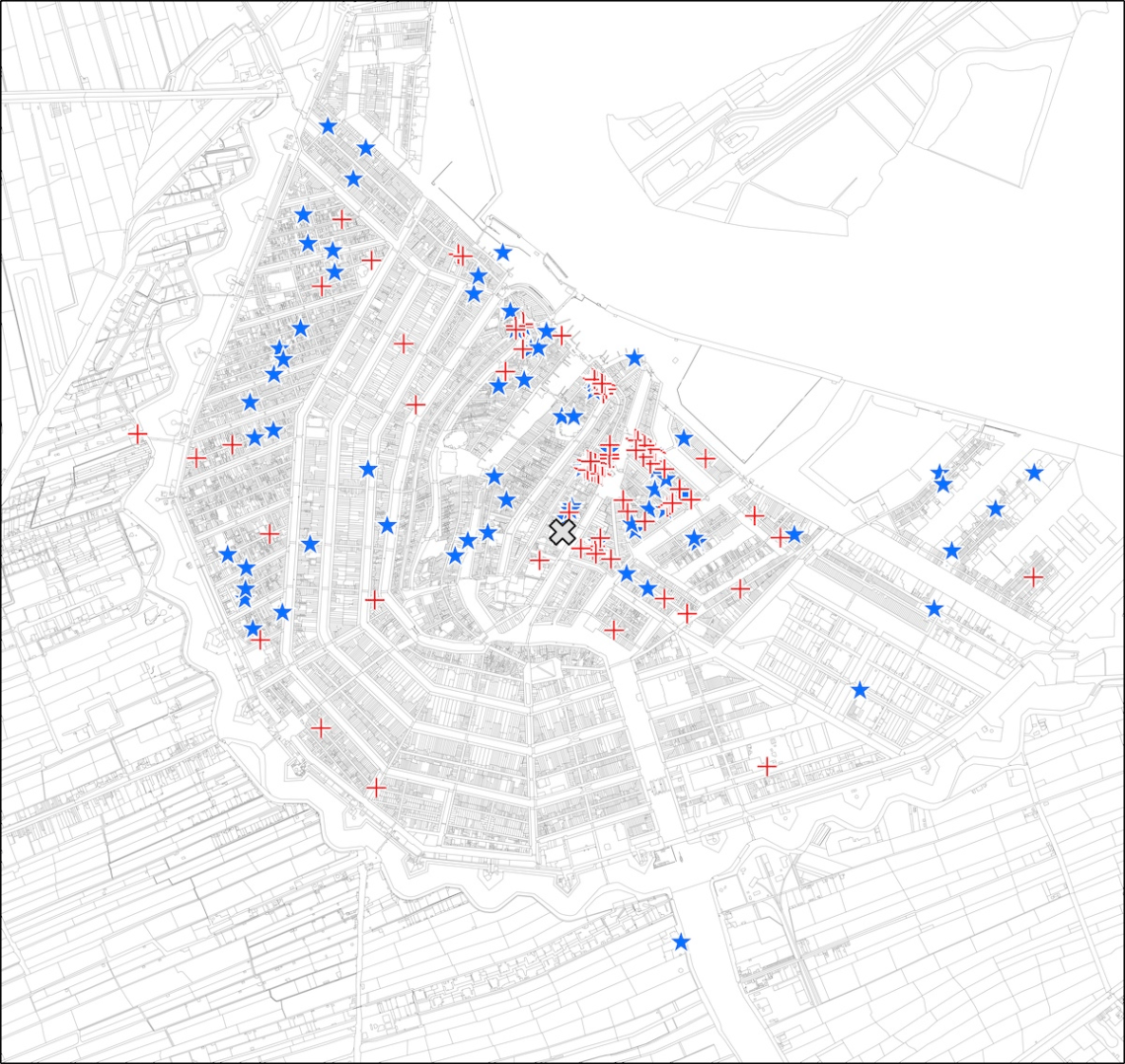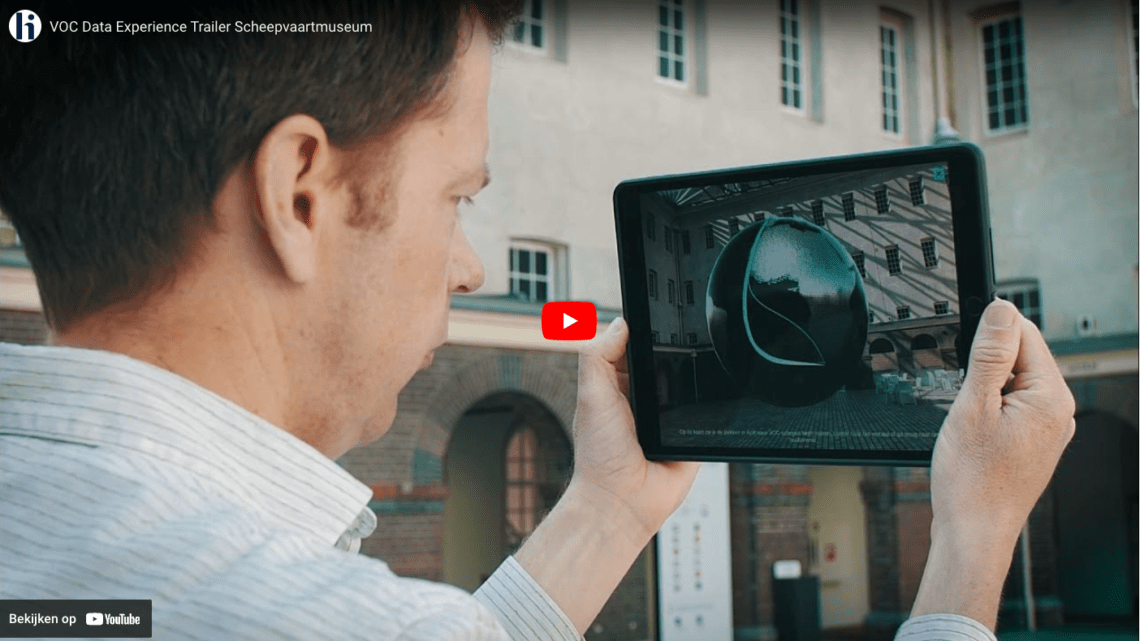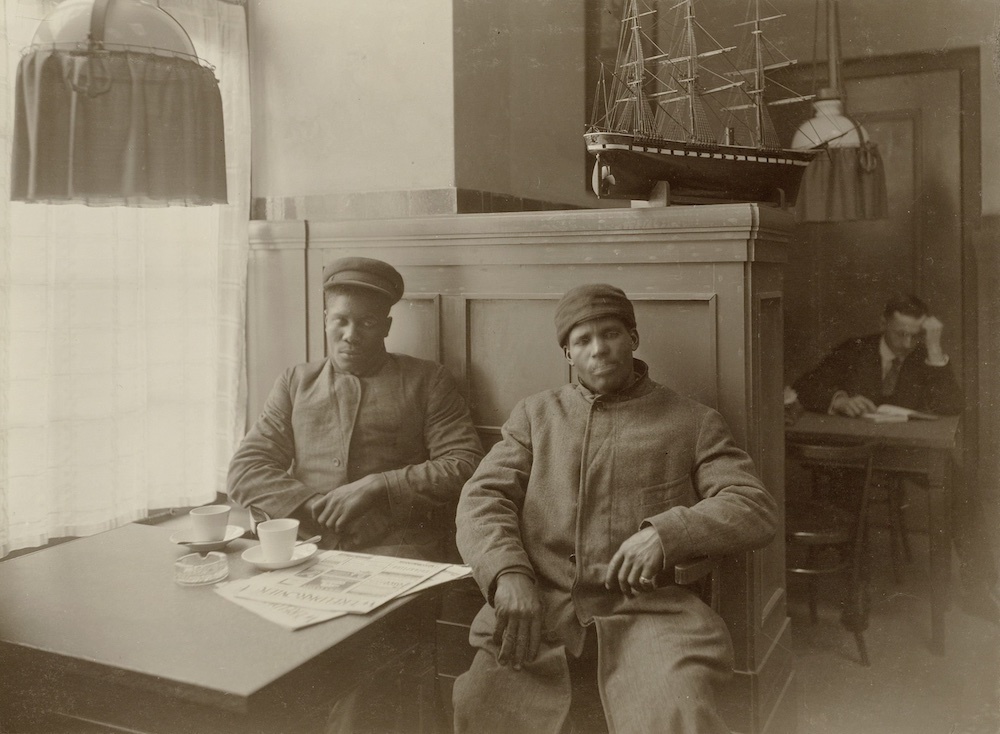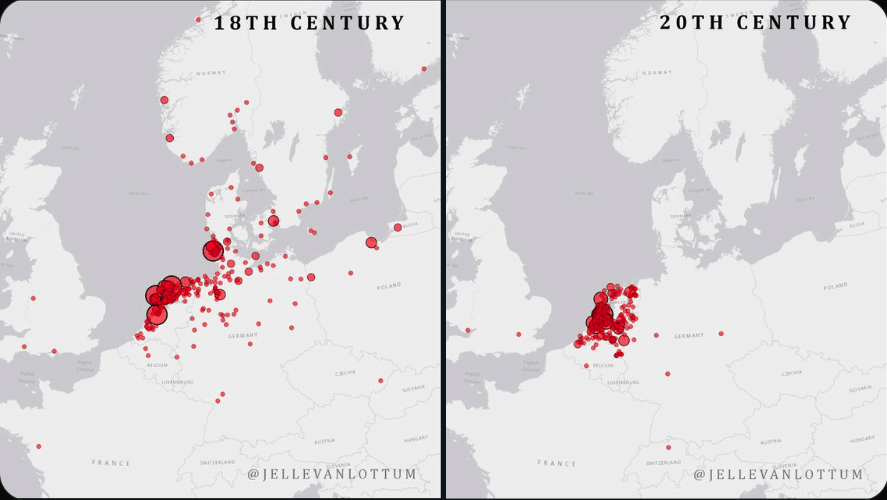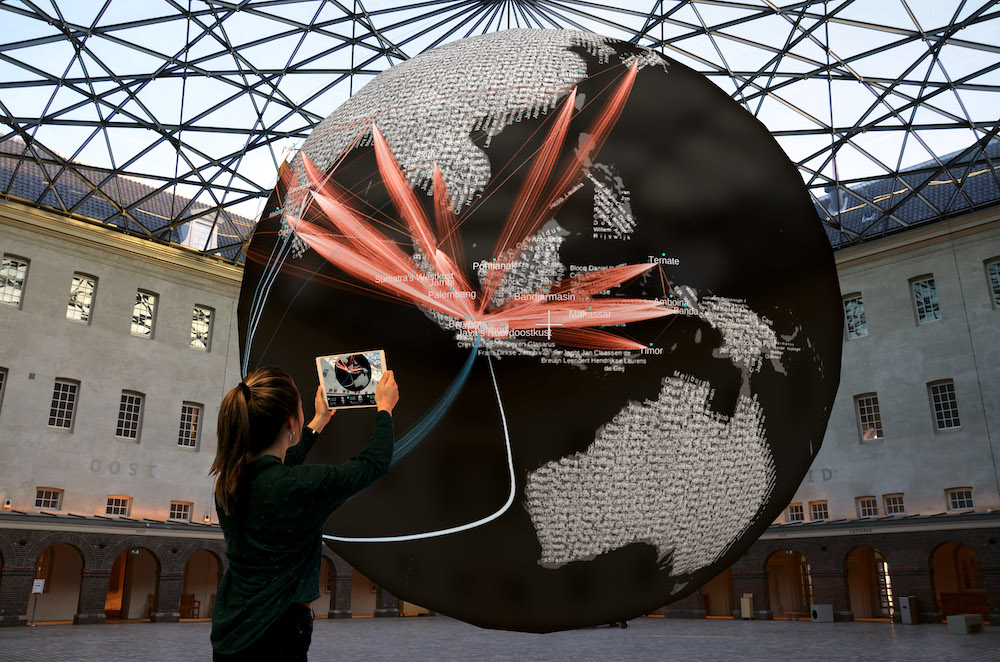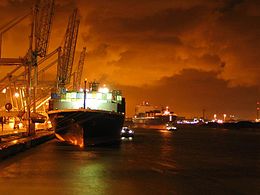-
VOC Sailors’ Last Days in Europe
Our new Dutch-language book, In de schaduw van de stad (Amsterdam: Ambo|Anthos 2023), which tells a series of short stories about ‘ordinary’ Amsterdammers through the ages, includes a chapter on sailors. We researched the crew members of three VOC ships that left Amsterdam in November 1775: who were they, where did they come from, where did they live or stay in Amsterdam? It was known that inns played an important role in the lives of many aspiring VOC sailors by providing a place to stay and information about finding work with the VOC. And it was also known that this was especially true for migrants. But we were surprised when…
-
English Seamen in the VOC
We recently wrote an article about English sailors in the service of the Dutch East India Company (VOC). They made up only a tiny fraction of the crews: during the eighteenth century, less than 1% of crew members came from England. This is a small number compared to, in particular, the Germans and Scandinavians. But this is explicable: the English economy offered plenty of jobs and high wages, so there was little reason for English sailors to come to the Republic. Moreover, Englishmen who sought an East Indian adventure would have been more inclined to join the English East India Company. It is precisely because of their small numbers that…
-
VOC Data Experience
We have frequently written on this site about our research on the crews of the VOC. In the VOC Data Experience, this data now comes to life with spectacular visualisations in augmented reality (AR). Click on the image below to watch the trailer. Six experiences in AR The VOC Data Experience starts with a cloud of names of hundreds of thousands of crew members of the Company’s ships. More information is available about each of these individuals. There are also six thought-provoking experiences. In each of these, a theme is highlighted using original data from the VOC. Data expert Lodewijk Petram, together with different heritage specialists or researchers, explain and…
-
A collection of sailor’s biographies
We’ve added something new to this website: a collection of sailor’s lives. In a number of short biographies, we explore the lives of some individuals and small groups in the data sets we work with, such as the VOC pay ledgers and records of 19th and 20th-century shipping companies. Our aim with this collection is simply to learn a bit more about the background of the seafarers in our research data. Our quantitative data are a very good starting point for analyzing where sailors came from, how their origin influenced their chances of gaining a promotion to a higher rank on board, and how these things changed over time. But…
-
Grant for research on seamen and their international contacts
Great news: DutchCulture has awarded us a grant to document and present shared cultural heritage of merchant seamen who sailed on Dutch ships, 1600-2000. Before the age of cheap flights, the vast majority of Dutch who traveled to such faraway countries as Japan, India and Sri Lanka were sailors. Moreover, these seamen had often already come into contact with other cultures on the way to their destination, as the ships they manned usually employed many foreigners—initially mainly Germans and Scandinavians, later many Chinese, Indonesians and Philippines. With the DutchCulture grant, we are going to investigate the international contacts of merchant seamen who sailed on Dutch ships, 1600-2000: how and to…
-
First results from our project on the recent history of merchant marine sailors
We can show some first results from our recently started project on sailors aboard Dutch merchant marine ships in the 19th and 20th centuries. Researcher Daniël Tuik has been working on a sample of personnel records from the archives of the Koninklijke Nederlandse Stoomboot-Maatschappij (KNSM), a shipping company that was based in Amsterdam. He tells more about his work in another blog post. The map on the right in Jelle’s tweet shows the birthplaces of KNSM crew members in the 20th century, mainly sailing on trans-Atlantic routes, while the one on the left shows where the sailors came from who appear in the Prize Paper dataset, which also mainly contains…
-
Our research soon visible in augmented reality
Together with Dirk Bertels / Studio Louter we have been awarded a subsidy from the Creative Industries Fund NL under the Digital Heritage x Public scheme to build the VOC Data Experience. Visitors to the experience can explore three existing online data sets about the Dutch East India Company (VOC) in augmented reality (AR). In the VOC Data Experience we will unlock three digitized VOC sources for a broad audience in a stimulating way. Visitors will be able to literally ask questions to the crew members of the VOC on an iPad: Where did you come from? What was your chance of survival? Did you participate in the slave trade? To find…
-
Women sailors in the ranks of the Dutch East India Company
Last week, Jelle tweeted about the women who dressed up as men to land a job with the VOC and were fired when subsequently their ‘real’ gender became known. Several people have asked for more information, in particular about the origins of the women involved. Below is a spreadsheet that lists their (for obvious reasons fake) names, and their place of origin – all other information available about the individuals are also listed. As you can see in the ‘remarks’ column, there are some really interesting cases: a woman going by the name of ‘Hendrik Huijsloop’ married a fellow sailor on board the Petronella Alida, and the ‘Joannes Burghart’ case…
-
Grant awarded for new research into maritime careers
Samenwerkende Maritieme Fondsen (SMF), a body of six historical maritime foundations, have kindly awarded us a grant to do new research into the life and careers of Dutch sailors. We will use this money to broaden our focus to the late nineteenth and twentieth centuries, allowing us to tell new stories about sailors (on this blog, but also in a book on sailors of the Dutch merchant marine), make some more cool maps, and draw lines through history. Watch this blog and Jelle’s Twitter feed for updates on the project (2019-2023).
-
Visualizing networks and careers
We mostly post map visualizations of our historical data on sailors, but we’re working on other visualizations to gain insight into our data as well. Markov models We’ve teamed up with DHLab and Marijn Koolen (@marijnkoolen) of the KNAW-Humanities Cluster to do a thorough analysis of sailor’s careers. As a first step, Marijn produced Markov model visualization of all steps in the career data we reconstructed from the digitized VOC pay ledgers. These visualizations give very good insight into the data. The one pictured below, for example, shows the various ranks from which crew members were promoted to ‘skipper or master’ and the most frequent career steps after having served…
